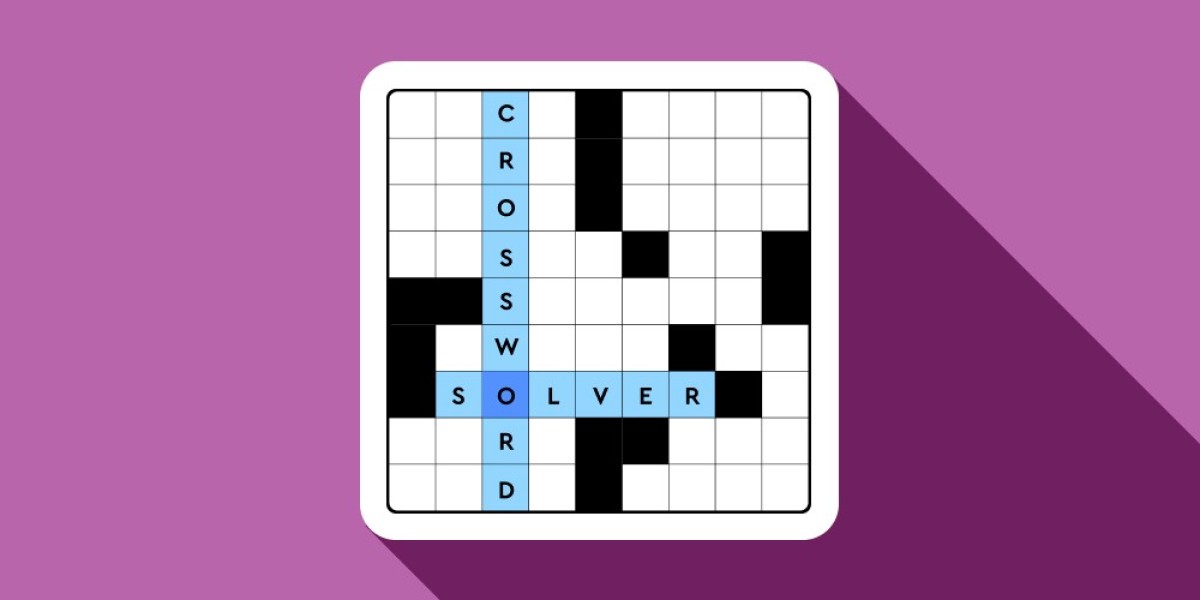Crossword puzzles are not just grids on paper; they are intricate works of art, crafted with meticulous attention to detail. Many people enjoy solving them, but few know about the complex process that goes into crafting crossword clues.
Unlock the secrets of the Night Cloaked Deck! Discover its advantages and disadvantages to elevate your card gaming experience.
In this article, we will delve into the art and science of how crossword clues are crafted by professionals.
The Building Blocks of a Crossword Puzzle
A crossword puzzle typically consists of a grid, clues, and answers. The grid is where answers are entered, and it usually follows specific guidelines, like being rotationally symmetrical.
Clues guide the solver toward the correct answer. They come in various forms: straight clues, anagrams, and cryptic clues, among others. What makes a good clue? Typically, it should be accurate, fair, and engaging.
Crafting Strategies Used by Professionals
One of the common techniques used by crossword constructors is misdirection. A clue might appear to point towards one word, but upon closer inspection, it leads to a completely different answer. For example, the clue "Flower in a stream" might initially suggest a plant but actually refers to a 'flow' in a stream—making the answer "river."
Another feature of professionally-crafted clues is balanced complexity. Some clues are straightforward, while others require lateral thinking. A balanced puzzle will mix both types, keeping the solver engaged but not frustrated.
Wordsmithing is a critical part of clue construction. Using puns, rhymes, and wordplay can add a layer of enjoyment and challenge. For instance, the clue "Underground worker who's often bugged?" leads to "spy."
Tools and Resources
Constructors often use thesauruses, dictionaries, and online databases to ensure that clues are accurate and have not been overly used.
Many professionals use specialized software designed for crossword construction, which helps in grid layout, word placement, and even offers suggestions for clues.
The Human Element: Test-solving and Feedback
Before a crossword goes to print or online, it typically undergoes several rounds of test-solving. This ensures that the clues are fair and that the puzzle provides a good solving experience.
Conclusion
Crossword clues are the result of careful planning, linguistic creativity, and a deep understanding of human psychology. The next time you find yourself entangled in a perplexing clue, remember that there's an art and a science behind it, crafted meticulously by professionals in the field.
So the next time you pick up a crossword puzzle, you’ll look at those clues a little differently, knowing the craftsmanship that went into creating them. Happy solving!








